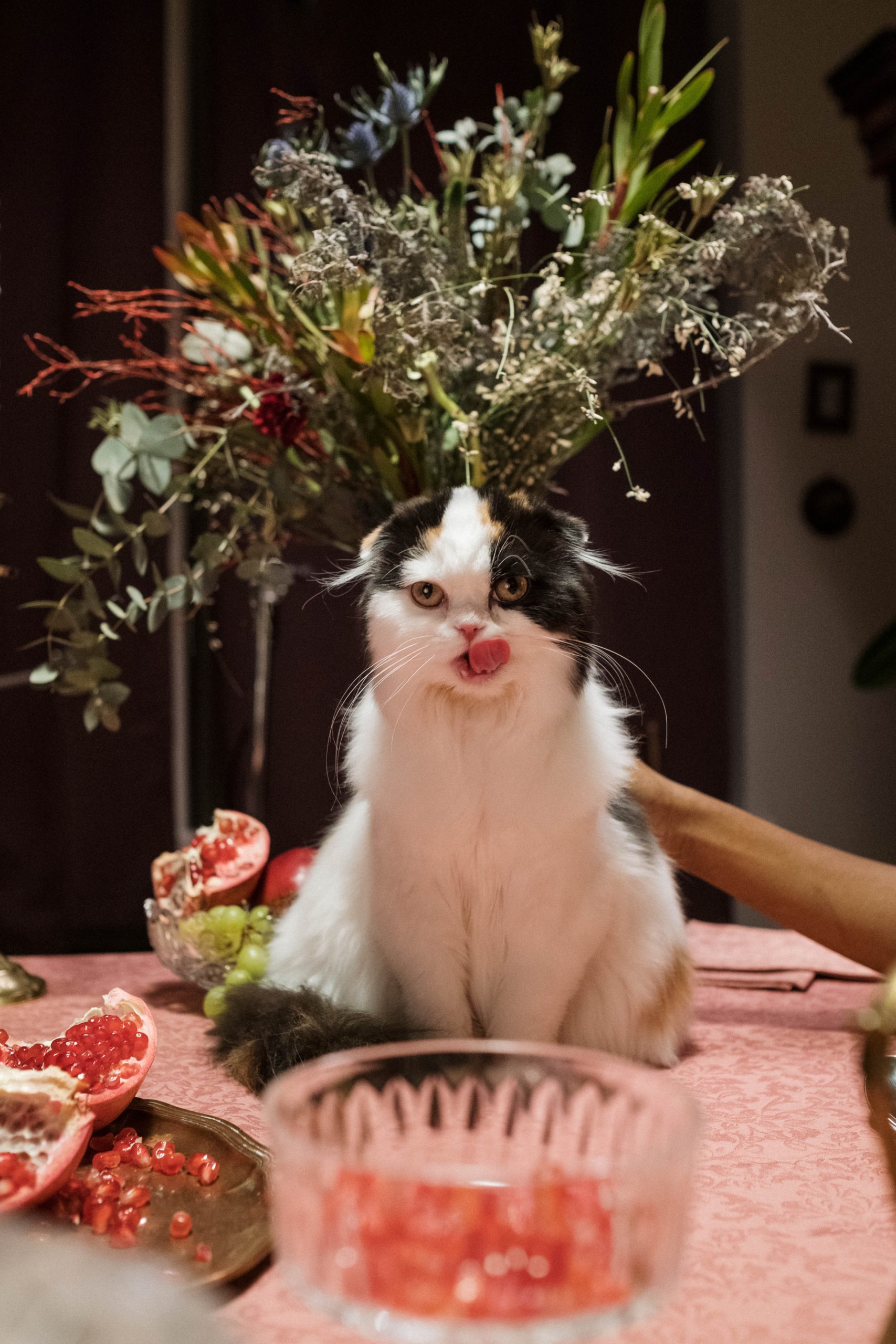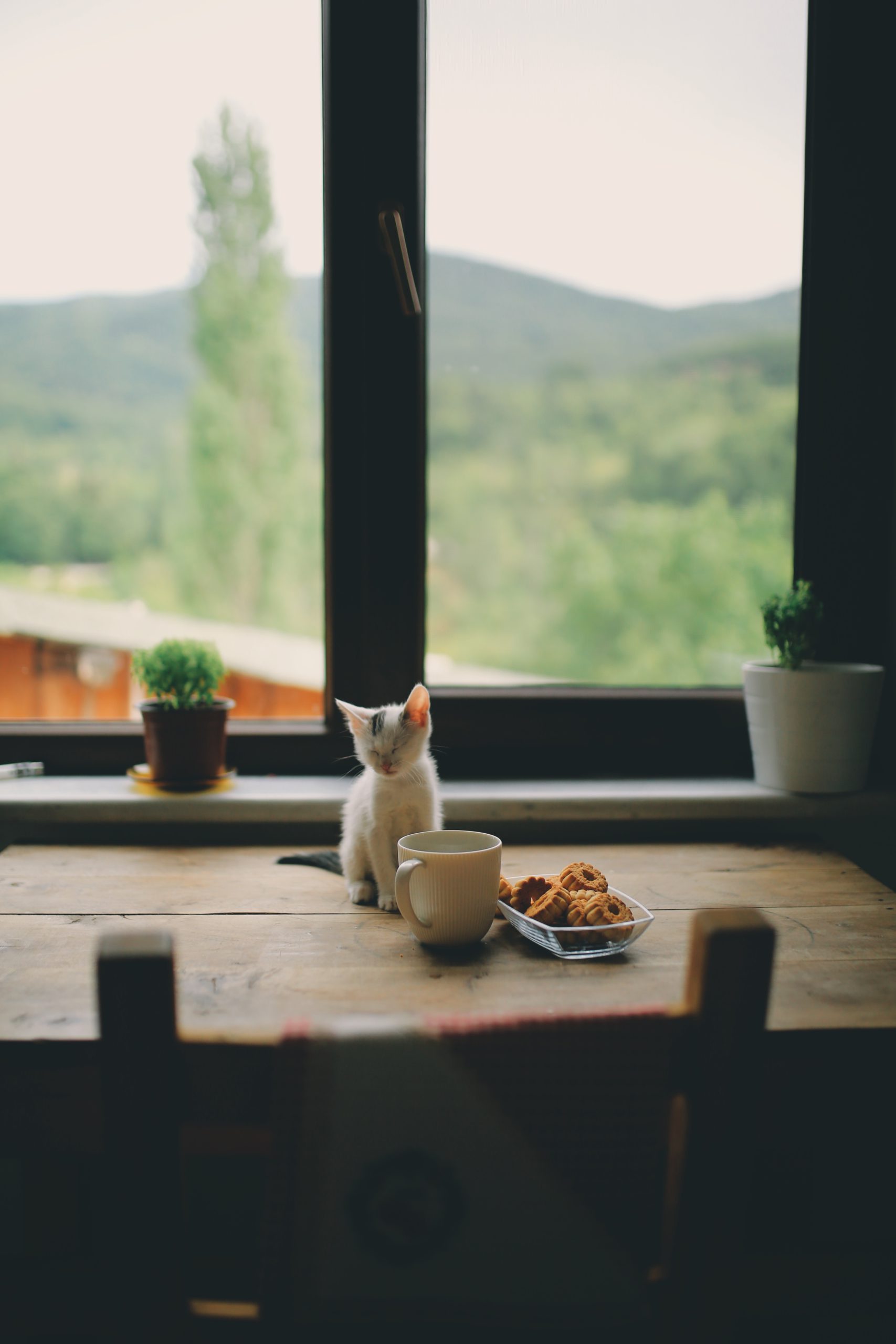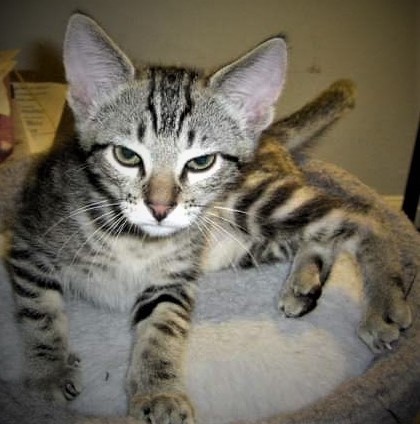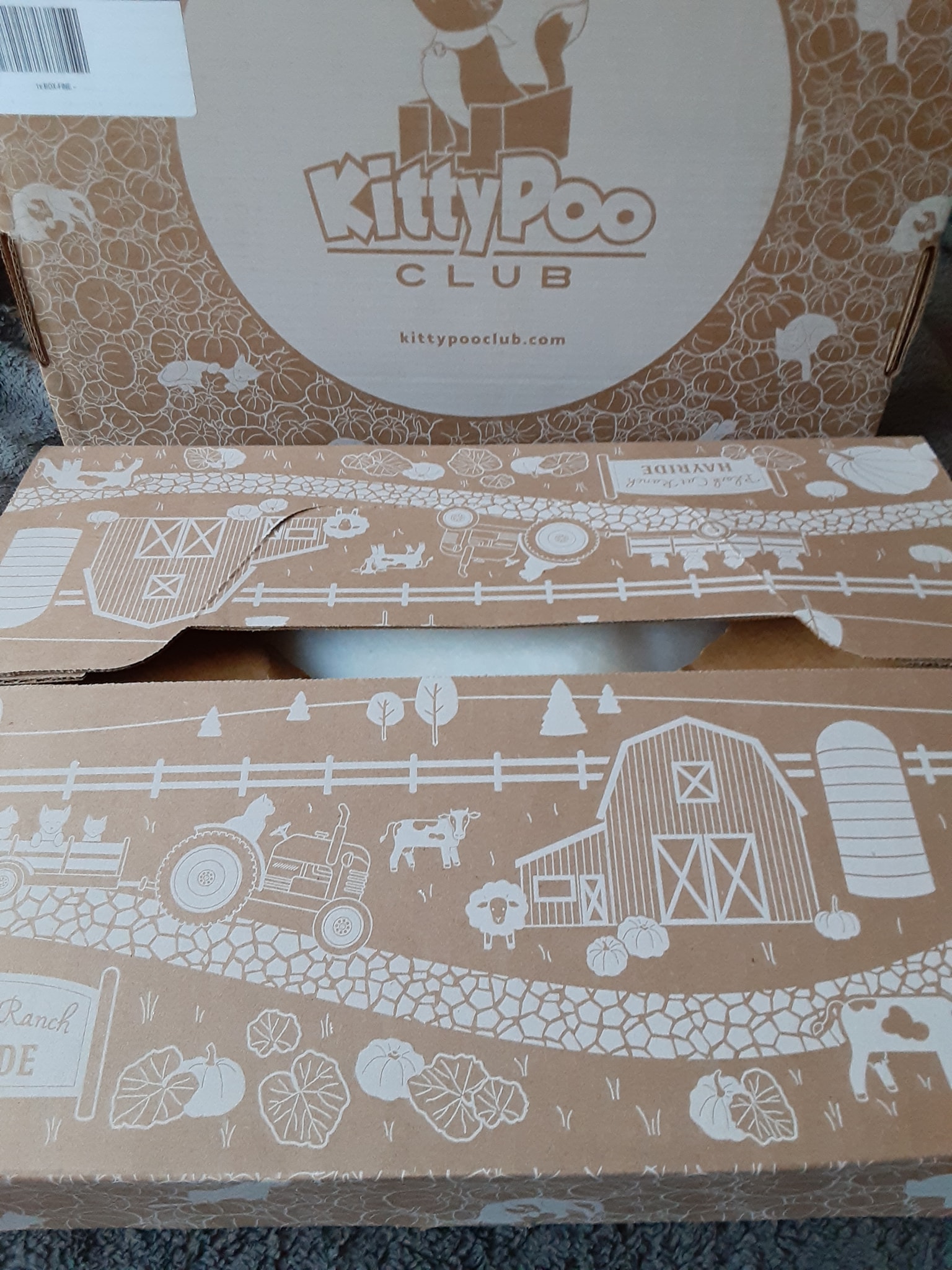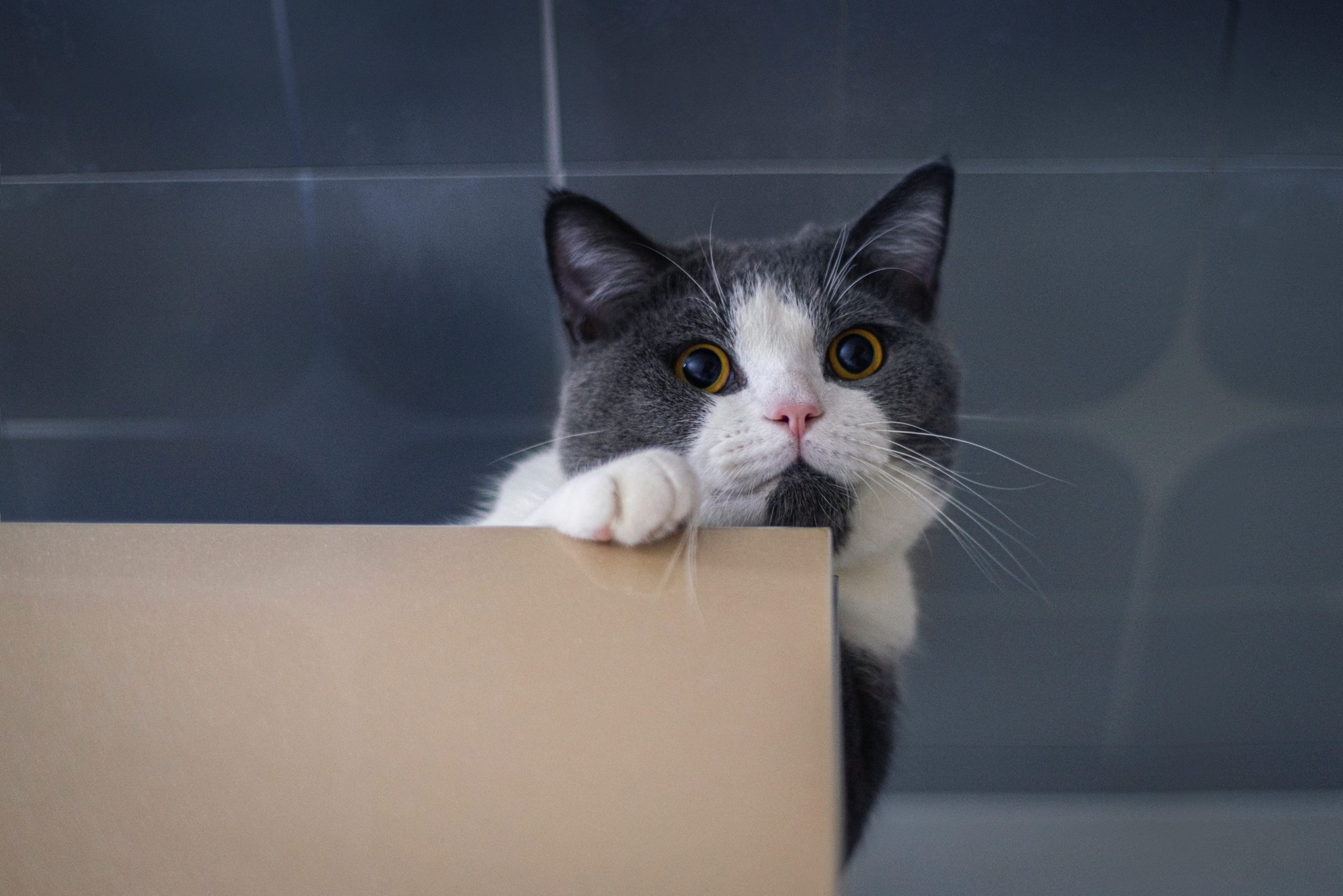
8 Common Popular Choices of Cat Litter8 Common Popular Choices of Cat Litter
June 2, 2021 0 Comments 18:10Having a Litter box is just a necessary part of owning a cat or kitten. Everybody likes a clean potty, even kittens. My older cat Pizza the Wonder cat, has even started showing a preference for different kinds of litter. We have tried several of these options to ensure Pizza[...]

